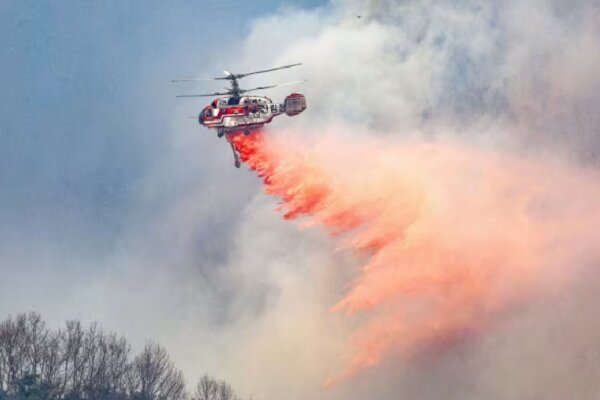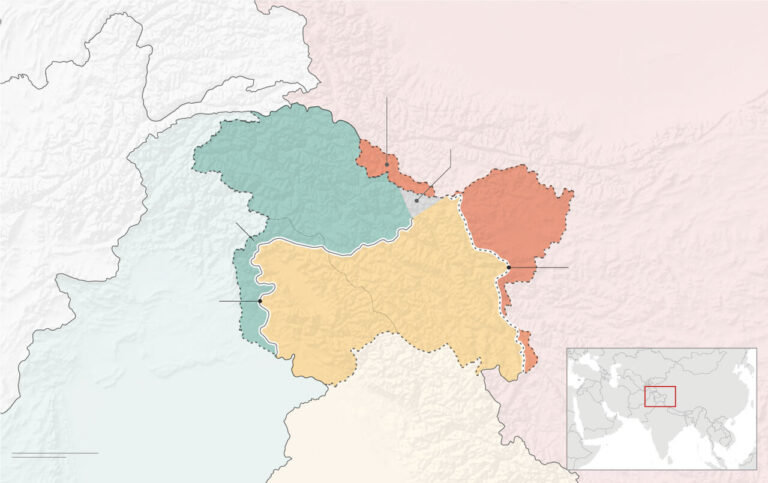Tragic Helicopter Crash: Firefighting Aircraft Goes Down in South Korea
In a tragic incident, a helicopter crash occurred in Daegu, South Korea, during a routine operation. This unfortunate event has raised concerns about aviation safety in the region, prompting investigations and discussions about emergency protocols. Read on to learn more about the details of the crash and the implications it has for aviation practices.
On Sunday, April 6, a helicopter encountered severe difficulties while conducting operations in Daegu city. Eyewitness accounts and initial reports indicate that the aircraft experienced issues mid-flight, leading to a crash. The incident has shocked the local community and raised questions about the safety measures in place for helicopters operating in urban areas.
The helicopter was reportedly involved in a standard operation when it started to lose altitude rapidly. Emergency services responded swiftly to the scene, and investigations are currently underway to determine the cause of the crash.
- Location: Daegu city, South Korea
- Date: April 6
- Type of operation: Routine helicopter operation
- Emergency response: Rapid deployment of emergency services
Authorities have confirmed that several individuals were on board the helicopter during the crash. Fortunately, there have been no reported fatalities, but several passengers sustained injuries. The local hospitals are currently treating the injured, and updates on their conditions are expected to be released soon.
This incident raises essential questions regarding helicopter safety protocols and the need for stringent regulations in urban environments. Helicopter operations, especially in densely populated areas, require thorough risk assessments and emergency preparedness plans to minimize potential harm.
In light of this crash, experts are calling for:
- Enhanced training for pilots: Ensuring that helicopter pilots receive comprehensive training to handle emergencies effectively.
- Regular maintenance checks: Implementing strict maintenance schedules to ensure aircraft are in optimal condition before flights.
- Public awareness campaigns: Educating the public about helicopter operations and safety measures to increase awareness and preparedness.
- Improved air traffic control systems: Utilizing advanced technology to better monitor and manage helicopter flights in urban areas.
Local authorities are working closely with aviation experts to investigate the incident thoroughly. Preliminary findings suggest that mechanical failure may have contributed to the crash, but further assessments are needed to confirm this theory.
In addition to the immediate investigation, this incident could lead to changes in regulations governing helicopter operations in South Korea. The government may consider implementing stricter guidelines for helicopter flights, especially in urban settings, to enhance safety and reduce the likelihood of future accidents.
Furthermore, discussions on the impact of urbanization on aviation safety have emerged, as cities continue to grow and the demand for helicopter services increases. It is crucial to balance the benefits of helicopter operations with the need for public safety.
As the investigation continues, updates will be shared regarding the condition of those injured, the state of the helicopter, and any recommendations that may arise from the findings. The aviation community is closely monitoring the situation, as it may have broader implications for helicopter operations worldwide.
In conclusion, the helicopter crash in Daegu, South Korea, serves as a stark reminder of the importance of aviation safety. With ongoing investigations and potential regulatory changes on the horizon, there is hope that lessons learned from this incident will lead to improved safety measures for helicopter operations in the future. The focus now shifts to ensuring that all necessary precautions are taken to prevent similar tragedies from occurring again.






